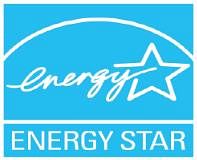Test: Basic Science- 1 - Class 8 MCQ
10 Questions MCQ Test - Test: Basic Science- 1
The seeds of the given plant are light and spongy. Which of the following help in the dispersal of seeds of the given plant?
This part of the plant is called its food factory because it produces food for the plant using sunlight, water and carbon dioxide. Which part of the plant is this?
| 1 Crore+ students have signed up on EduRev. Have you? Download the App |
Photosynthesis is the process by which a plant makes food. What does this process produce?
Read the given paragraph.
As there is more and more ____(i)______, we are constructing taller buildings,factories and roads. The continuous process of building results in ____(ii)_____ of large quantities of waste formed by it in the landfill areas.
Select the option which correctly fills up the blanks.
To check the level of harmful gases emitted by the vehicles, all vehicles in India which are in use need to obtain emission check certificate. What is this certificate known as?
The given symbol is commonly seen on consumer products such as microwaves, refrigerators and lighting devices. What does this symbol indicates about the product?

Raj is travelling with his father in a car. He asks his father to turn off the engine at red lights in order to conserve a natural resource. Which of the following is being conserved by this activity?
Noble gases or inert gases are so named because they are highly unreactive and do not form compounds under normal conditions. Which of these is not an inert gas?
The classical Rutherford scattering of alpha particles against the nuclei of this element is an example of 'elastic scattering' because the energy and velocity of the outgoing scattered particle is the same as that with which it began. What element did Rutherford use in his experiment?

















